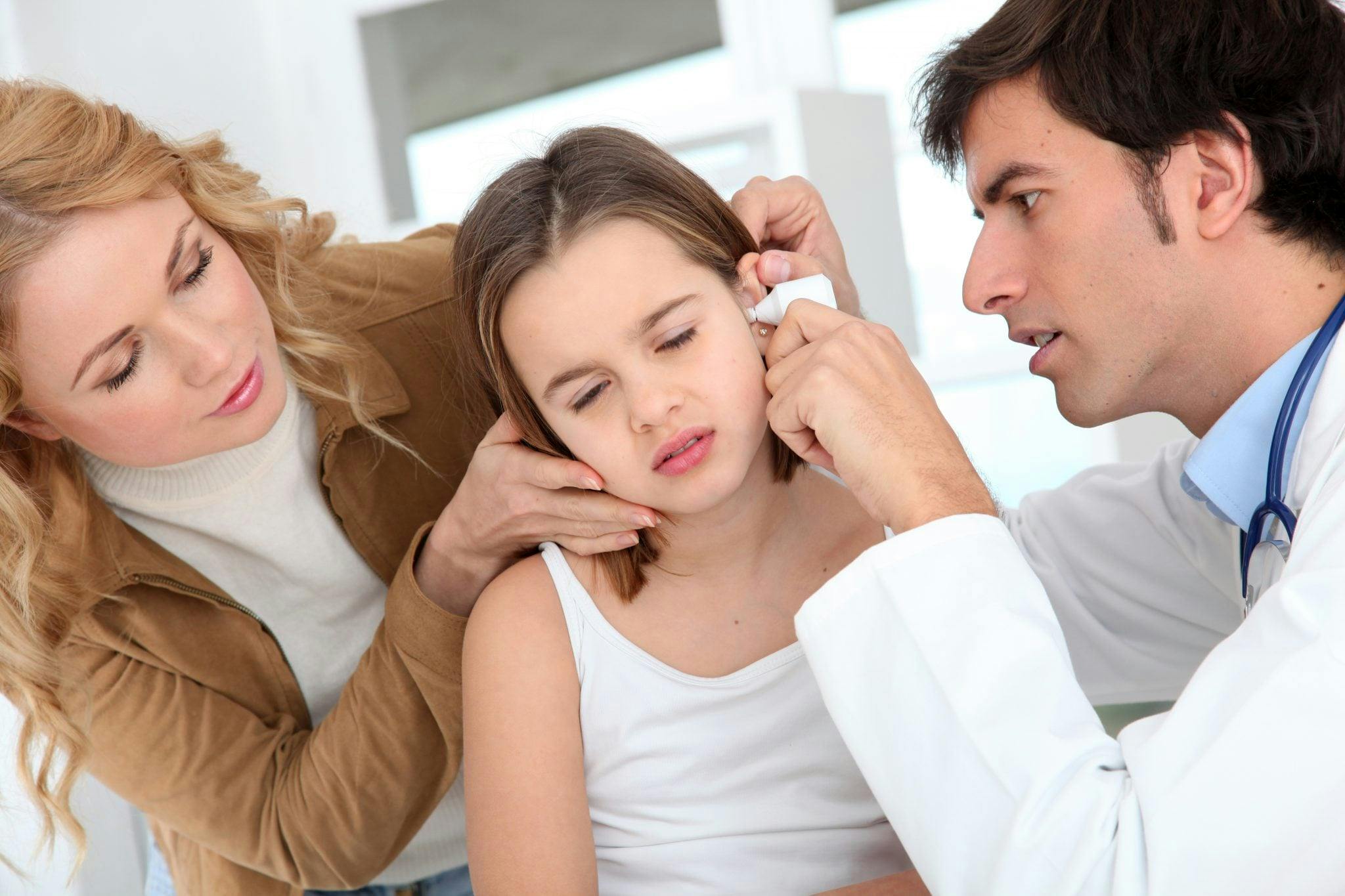Ear infections, known as acute otitis media, affect the little pocket of air behind the eardrum that contains the vibrating bones of the ear. They are accompanied by pain and inflammation, and they’re most common in children.
In many cases, simple ear infections clear up on their own. In others, though, larger problems like fluid buildup and chronic infections might occur. Here are some basic facts about ear infections and how you can prevent them.
Symptoms and Complications
The symptoms of ear infections vary between adults and children, though they often overlap. In most cases, these symptoms will come on quickly and noticeably. They include:
- Pain the ear, particularly while lying down
- Hearing loss
- Fluid draining from the ear
Children often exhibit several additional symptoms:
- Frequent tugging or pulling at the ear
- Excessive crying or irritability
- Trouble sleeping
- Balance issues
- Fever over 100 degrees Fahrenheit
- Complaints of headache
- Loss of appetite
If your child is less than six months old or if symptoms are present for more than a day, see a doctor right away. (For adults, severe ear pain or discharge are signs that you need to see a doctor.)
In most cases, there are no long-term complications associated with ear infections, but those with chronic infections or who have fluid buildup may experience additional problems:
- Spread of infection: Infections that aren’t fully treated, or don’t respond well to treatment, may spread to other areas.
- Hearing loss: Most people who experience hearing loss due to an ear infection will see it returned once the infection is treated, but larger issues can occur in chronic cases. Fluid in the middle ear can also lead to damage of the eardrum or other parts of the ear, which can cause permanent hearing problems.
- Eardrum tear: These usually heal within 72 hours, but may require surgery in some cases.
- Speech and development problems: For toddlers and younger children, temporary hearing loss can lead to delays with in speech, development and other social skills.
Causes and Risk Factors
In many cases, the bacterium or virus that causes ear infections is present from another illness, like the flu or an allergy, causing congestion in important areas of the body:
- Eustachian tubes: These are tubes that run behind the nasal passages, and it’s their responsibility to bring in fresh air, drain secretions and regulate air pressure in the ear. Upper respiratory illnesses or allergies can lead to swelling and inflammation of the eustachian tubes, leading to the ear infection. Part of the reason infections are more common in children is the fact that their eustachian tubes are narrower and harder to drain, so they’re more likely to clog.
- Adenoids: These are pads of tissue in the back of the nose, and they may play a role in the immune system. Adenoids can block the eustachian tubes if they become infected or inflamed. Children are at higher risk because they have larger adenoids than adults.
- Age: Children between 6 months and 2 years old are at higher risk.
- Feeding habits: Children who drink from a bottle are at higher risk than those who are breastfed.
- Seasons: During fall and winter, when precursor conditions like the cold and flu are at their peak, ear infections are more common.
- • Child care: Children in child care facilities are more exposed to infection.
- Air quality: Whether from secondhand smoke or air pollution, bad air can increase the risk of ear infection.
Treatment
In most cases, your doctor can diagnose ear infections and similar conditions based on just your symptoms. In other cases, they may choose from a variety of tests to confirm the diagnosis.
Treatment methods for ear infections vary depending on the individual case. General approaches include:
- Wait-and-see: Many ear infections take care of themselves after a few days, and this is often the case with children.
- Pain management: Using a combination of pain medication and warm compression.
- Antibiotics: These vary depending on the case—make sure you or your child finishes the entire prescribed dose, even if the infection seems to go away before you’ve run out.
- Ear tubes: Used for chronic or more severe ear infections, these tubes are inserted during an outpatient surgical procedure. They’re meant to stop the buildup of fluids.
- Monitoring: Especially for children, regular monitoring is important. Additional doctor visits might be necessary for persistent infections.
Prevention
There are a few things you can do to reduce the risk of ear infections, especially in children:
- Avoid smoking: Make sure no one around the home smokes.
- Breastfeed: If you can breastfeed your baby for at least six months, this is preferable. If you do need to use a bottle, make sure your baby is in an upright position—don’t put the bottle in their mouth as they are lying down. Try to wean your baby off a pacifier before 6 months of age.
- Choose child care wisely: If possible, use a smaller child care center to lower the overall risk of infection from other children.
- Get regular immunizations: Make sure to get all the recommended vaccines.
- Wash your hands: This and other basic hygiene habits around the house can help prevent disease.
Schedule an appointment with our doctors at Orem Family Medicine today!
Sources:
“Ear infection (middle ear).” The Mayo Clinic. http://www.mayoclinic.org/diseases-conditions/ear-infections/home/ovc-20199482
“Ear Infections – Prevention.” WebMD. http://www.webmd.com/cold-and-flu/ear-infection/ear-infections-prevention





